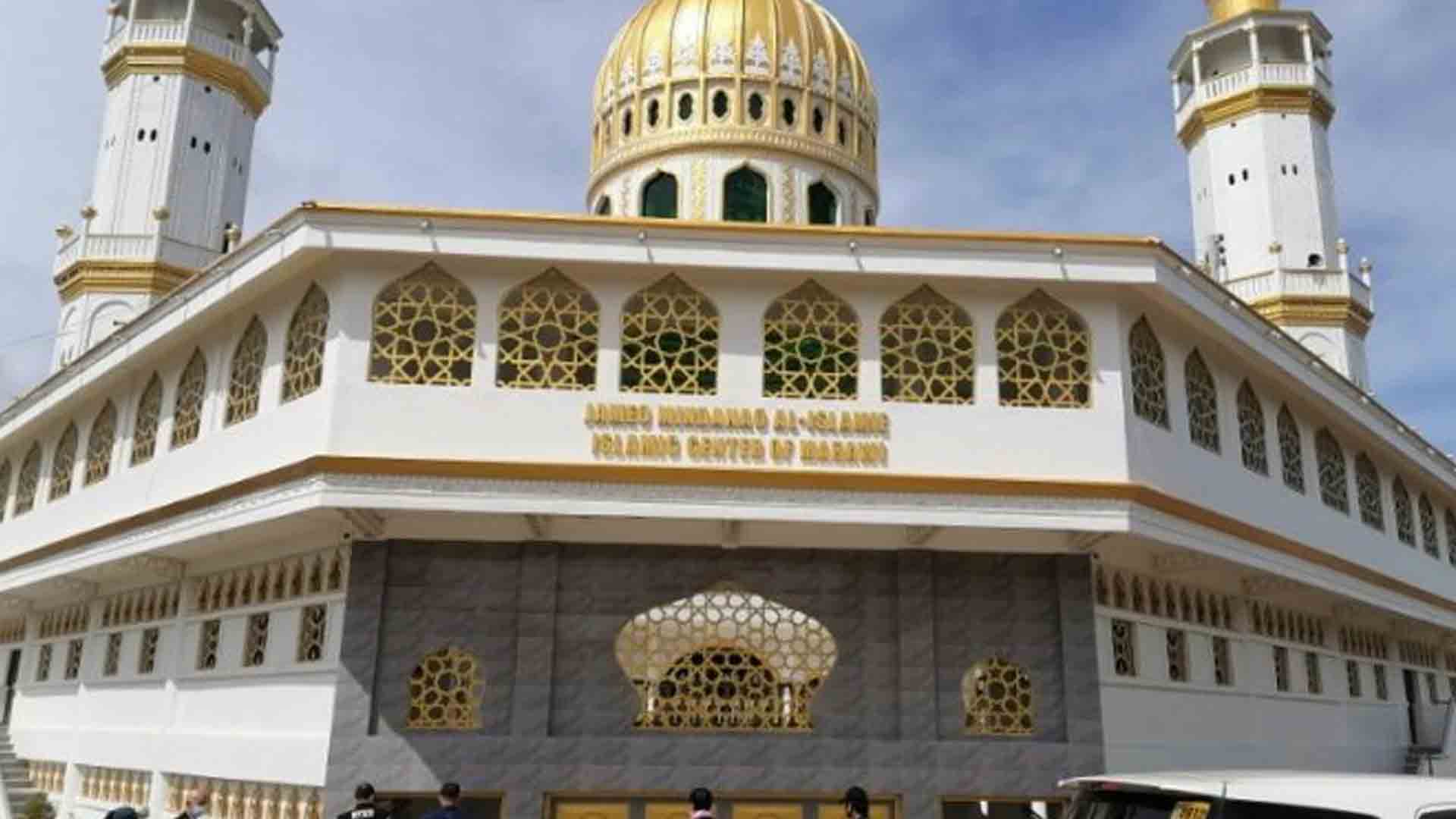The rehabilitation of the war-torn Marawi City and the efforts to rebuild the lives of affected families will serve as a “template for good governance and pursuit to lasting peace”, according to Secretary Eduardo del Rosario, Task Force Bangon Marawi (TFBM) chief.
Del Rosario cited the effective cooperation among implementing agencies, Marawi local government unit, as well as the private sector, non-governmental organizations, and civil society partners throughout the rebuilding processes.
“Marawi City is close to finally getting back, if not surpassing, its former glory as the massive government-led rehabilitation now heads into the homestretch,” del Rosario recently told the Philippine News Agency via e-mail when asked on the Duterte administration’s accomplishments.
Despite the challenges posed by the Covid-19 pandemic and the occasional inclement weather, del Rosario said the TFBM and its 56 implementing agencies will ensure all physical infrastructure projects and social-healing programs for Maranaos will be almost completed before President Rodrigo Duterte steps down on June 30.
“We remain on track to complete the rehabilitation by about 95 percent this June and will finish all the remaining projects by December this year. We must continue relying on our efficiency and desire to restore Marawi back to its former glory,” del Rosario said.
Accomplishments
With the physical constructions that went full blast in July 2021, the TFBM was able to inaugurate a series of transcentral roads, bridges, community facilities, health centers, mosques, and permanent housing units within the Marawi City’s most affected area (MAA) and less affected area (LAA).
To date, the TFBM has completed the construction of 28 kilometers of transcentral roads across Marawi as well as the repair of four major bridges in barangays Mapandi, Banggolo, Lilod-Guimba, and Agus III that were destroyed during the 2017 siege.
In LAA, the TFBM finished the construction of the Philippine National Police’s community action center; two fire stations; corn processing facility; solid waste management building equipped with motorpool and overhauling area; solid waste powerhouse facility with generator set; central material recovery facility; Barangay Rorogagus health station with medical equipment and supplies; and the 1,500-meter linear fence of Mindanao State University-Marawi.
In MAA, the TFBM has inaugurated the maritime post of the Armed Forces of the Philippines and a sub-station of the Bureau of Fire Protection.
Likewise completed is the development of seven barangay complexes in the villages of Tolali, Datu Naga, Datu sa Dansalan, West Marinaut, Moncado Kadingilan, Raya Madaya 1, and Lilod Madaya, each with a health clinic and madrasah (Islamic school).

Seventeen more village complexes inside MAA, which is divided into nine sectors, are in various stages of construction.
The restorations of power and water connection systems in MAA’s sectors 1 to 3 are likewise done.
Rehabilitation efforts reached the city’s neighboring Butig municipality with the setting up of a solar-powered irrigation system.
For the social healing of affected residents, the TFBM prioritized the repair of six mosques — Grand Mosque, Masjid Disomangcop, Masjid Darussalam, White Mosque, Marinaut Mosque, and Macaorao Mosque.
The repair of the Bato Ali Dansalan Mosque and other mosques is ongoing while the Lake Lanao Promenade, Marawi city command center, Torogan or the ancestral home for Marawi’s elite families, and a solar-powered irrigation system are now in the final stages of completion.

A total of 4,916 transitory shelters in the villages of Rorogagus, Boganga, Sagonsongan, and Dulay have initially accommodated internally displaced persons (IDPs) during the TFBM’s debris management efforts.
In partnership with the National Housing Authority, Social Housing Finance Corporation and United Nations-Habitat, 940 out of 2,700 permanent housing units constructed in the villages of Kilala, Gadongan, Dulay West, Dulay Proper, and Patani were awarded to IDPs formerly residing along danger zones in Marawi City.
All permanent relocation sites in subdivision-like communities will be finished before June 30, del Rosario said.
Also, recently inaugurated are the traffic control center in Barangay Datu Naga and a four-story school building in Barangay Moncado Kadingilan.
The TFBM said these accomplishments are on top of the health, social welfare, educational, and livelihood assistance initially provided to affected Maranaos.

Finishing touches
The task force is set to inaugurate the city’s Peace Memorial and Rizal Park; the Marawi Museum; School of Living Traditions; mall-like Grand Padian Market; Sarimanok Sports Complex; and the Marawi Convention Center to coincide with the Marawi Week of Peace that is celebrated May yearly.
“With these projects, Marawi is on track to become one of the country’s top tourist attractions and sports venues,” del Rosario said.
Duterte earlier commended the TFBM and its 56 implementing agencies for a “job well done” in rehabilitating Marawi City.
The President also cited the crucial roles of the TFBM in helping the IDPs to recover and in restoring the damaged properties as well as revitalizing disrupted socio-economic activities in the city.
“You have stayed true to your commitment as agents of progress and catalyst for change,” Duterte said.
The TFBM was created under Administrative Order 3 on June 28, 2017 after the declaration of the government’s triumph against terrorist groups in Marawi. (PNA)







